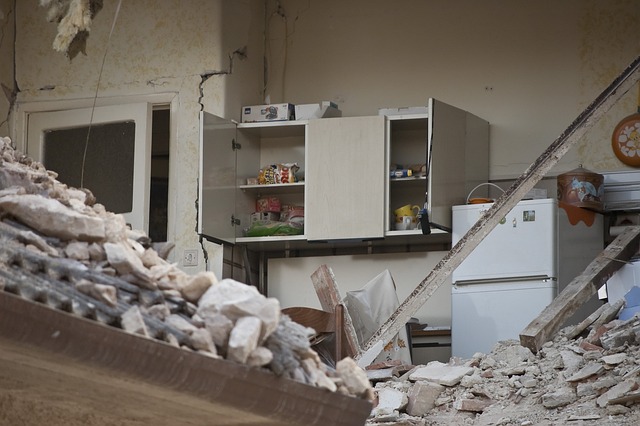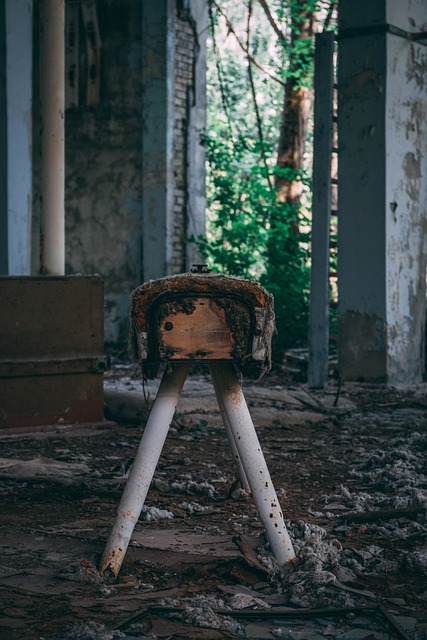In today's digital era, navigating the real estate landscape requires understanding environmental risks, particularly climate change. Professionals must conduct thorough environmental impact assessments to identify threats like natural disasters and pollution early on. Sustainable construction practices, such as eco-friendly materials and energy-efficient designs, are emerging as a powerful tool for combating these challenges. Community engagement, through regular consultations and educational programs, further reinforces environmental sustainability in real estate development, leading to more resilient and adaptable projects.
In today’s world, reinforcing structures against environmental threats is crucial for any robust real estate strategy. This article explores key aspects of navigating and mitigating these risks. We delve into assessing environmental hazards in real estate investments, adopting sustainable construction practices that enhance resilience, and fostering community engagement to build stronger, more adaptable environments. By implementing these strategies, the real estate sector can ensure long-term sustainability and protect valuable assets in a changing climate.
Assessing Environmental Risks in Real Estate Investments

In the realm of real estate, assessing environmental risks is no longer a secondary consideration but a crucial aspect that can make or break an investment. As we navigate an era where climate change is an undeniable reality, understanding potential threats like natural disasters, pollution, and regulatory shifts is essential for investors. By incorporating comprehensive environmental impact assessments into their due diligence process, real estate professionals can identify risks early on, making informed decisions to mitigate potential losses.
This proactive approach involves evaluating the site’s historical and current environmental conditions, studying local climate patterns, and analyzing relevant policies and regulations. For instance, investors should consider flood zones, soil contamination, or impending infrastructure developments that could influence property values. By addressing these factors upfront, real estate investments can become more resilient, ensuring long-term sustainability and profitability in the face of mounting environmental challenges.
Implementing Sustainable Construction Practices

In the realm of Real Estate, the implementation of sustainable construction practices is becoming a game-changer in mitigating environmental threats. Developers and architects are increasingly embracing eco-friendly materials, energy-efficient designs, and green building certifications to create structures that are not only aesthetically pleasing but also environmentally responsible. This shift towards sustainability is driven by the need to reduce carbon footprints, conserve natural resources, and enhance the overall resilience of buildings against climate change impacts.
By adopting sustainable construction practices, Real Estate professionals can contribute significantly to a greener future. These practices include incorporating renewable energy sources like solar panels, utilizing efficient insulation materials to minimize energy consumption, and promoting water conservation through low-flow fixtures. Moreover, the use of locally sourced materials reduces transportation emissions, while green roofs and walls provide additional environmental benefits by improving air quality and biodiversity within urban areas.
Community Engagement for Resilient Environmental Defense

Community engagement plays a pivotal role in reinforcing structures for environmental threats, especially within the realm of real estate. By fostering active participation from local residents, developers, and stakeholders, sustainable practices can be seamlessly integrated into urban planning and development projects. This collaborative approach ensures that environmental considerations are not just addressed but deeply ingrained in the very fabric of communities.
Through regular consultations, workshops, and educational programs, folks gain a deeper understanding of the interconnectedness between their surroundings and the need for resilient environmental defense. Such initiatives empower them to contribute meaningfully, whether it’s through adopting eco-friendly practices at home or advocating for stricter environmental policies in their neighborhoods. This collective effort not only strengthens local environments but also paves the way for more sustainable and adaptable real estate developments.






